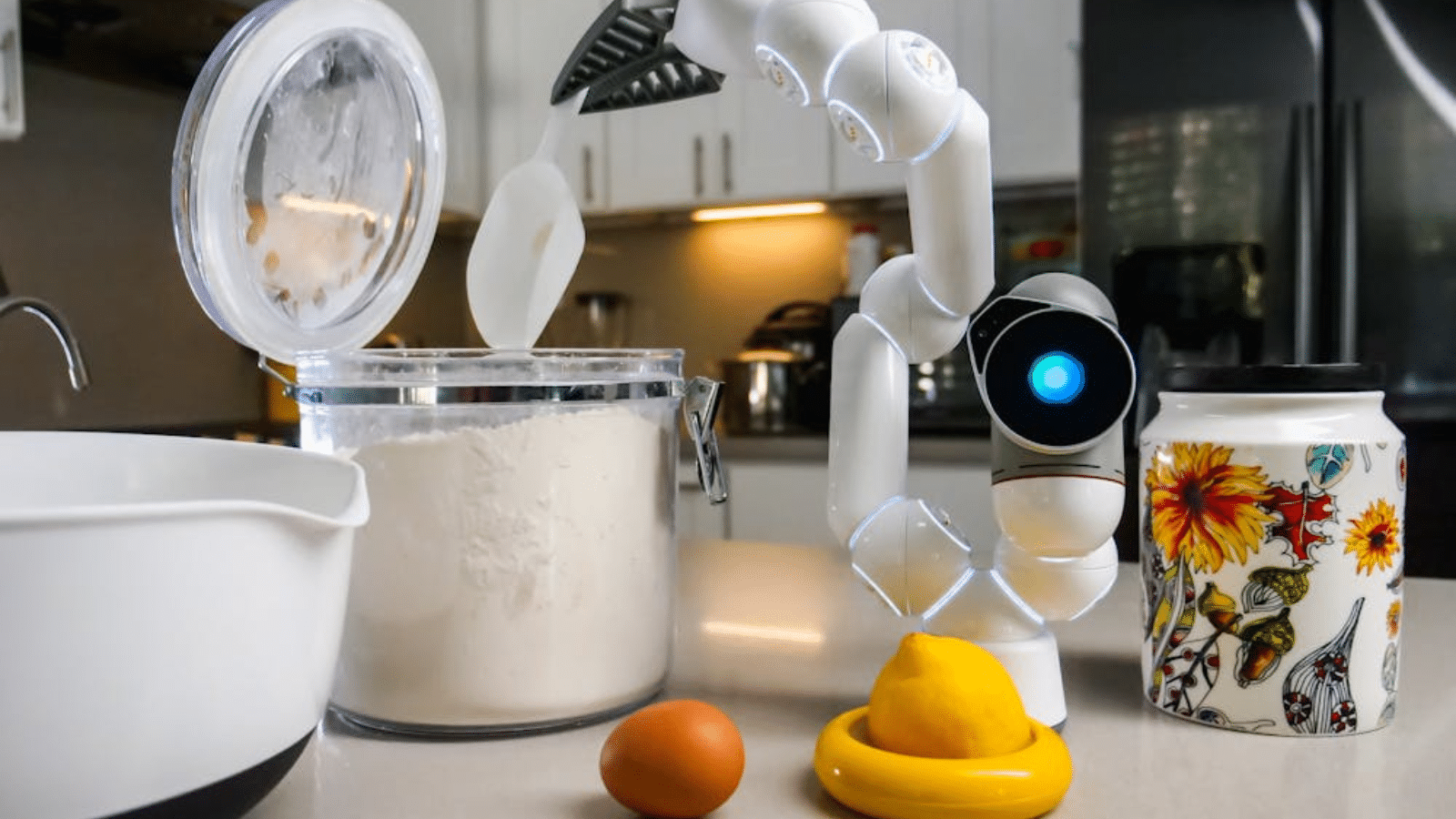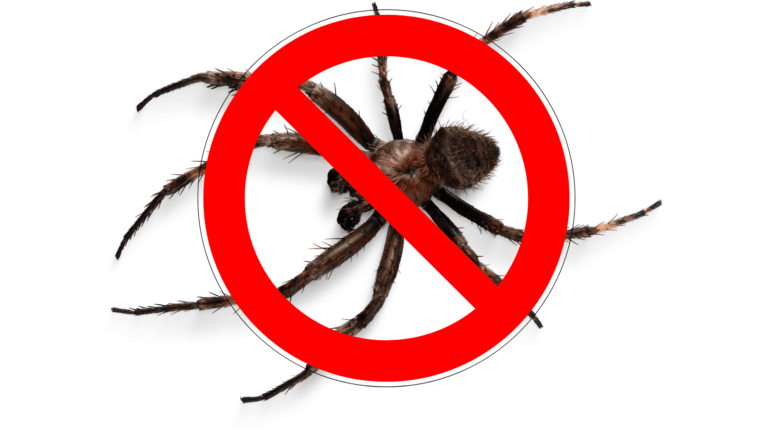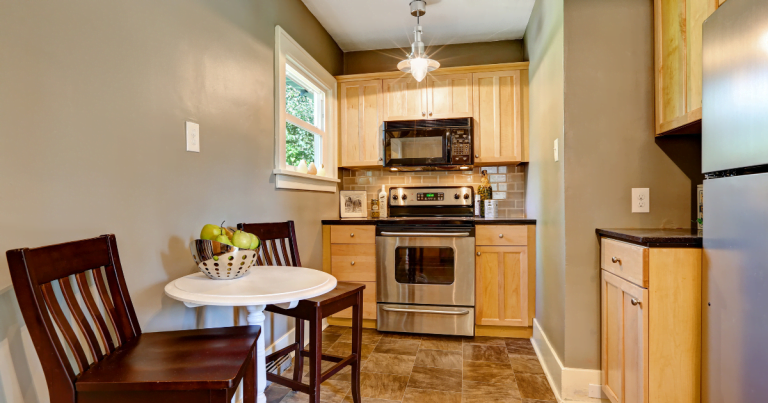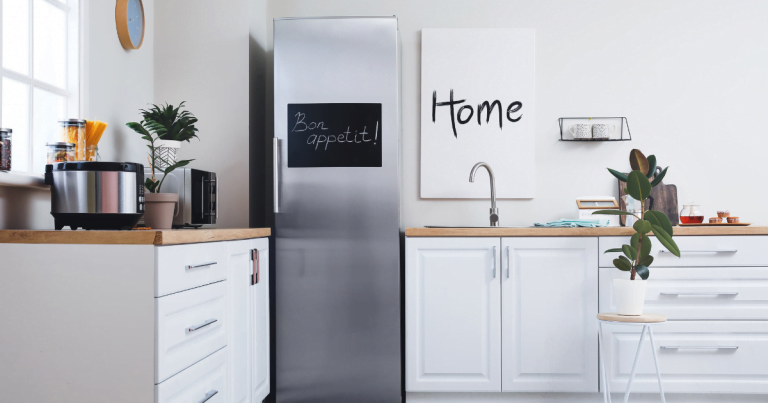What Smart Homes Will Really Look Like in 2026 and Beyond
The first time I saw a voice-controlled toaster, I laughed. Now, my thermostat talks to my phone, the lights dim when I start a movie, and the door locks itself every night at ten. Somewhere along the way, “smart home” stopped being science fiction and quietly became the new normal.
Across the country, the numbers tell the same story. The global smart-home market is expected to hit around 147.5 billion dollars in 2025 and could pass 1.4 trillion by 2034. That kind of growth means we’re not just adding gadgets anymore; we’re redesigning how homes actually think.
Homes That Learn You
A few years ago, smart devices were reactive. You told Alexa to play jazz, or you asked your thermostat to warm the house. Now they’re getting predictive. AI systems are starting to notice patterns—when you come home, what time you cook, how bright you like the lights in the evening—and adjust before you say a word.
The technology behind it is moving fast. Smart thermostats like Ecobee’s Eco+ learn from your routine and the weather outside, trimming energy use without sacrificing comfort. Robot vacuums use mapping and obstacle detection to tidy up when you’re away. It’s the difference between a home that listens and a home that understands.
According to ConsumerAffairs, by 2026, nearly half of American households are expected to use some form of home automation, from lighting and climate control to complete energy-management systems.
Finally, Devices That Play Nice
For years, owning smart gadgets felt like hosting a party where none of the guests spoke the same language. Your lights wanted Google, your locks preferred Apple, and your doorbell insisted on its own app.
That’s starting to change thanks to Matter, a new standard supported by Apple, Google, Amazon, and others. It lets different brands cooperate instead of competing. You’ll be able to mix and match devices without worrying about compatibility headaches. It’s tech harmony at last—something that makes smart homes feel simple again.
The Green Shift
Here’s where things get exciting. Smart homes aren’t just convenient; they’re becoming the quiet heroes of sustainability. The global Energy Management Systems (EMS) market is projected to be valued at approximately $50.16 billion in 2025, significantly higher than previous estimates.
Builders are weaving in Net Zero and LEED-certified designs that reduce waste and boost resale value by up to twenty percent. Think of a house that opens blinds to heat rooms naturally, then closes them in the afternoon to keep things cool. Every small adjustment adds up to meaningful savings—for your wallet and the planet.
Robots Are Taking Over the Chores

There’s something oddly comforting about technology that handles the repetitive stuff so you can focus on life. It’s not about laziness; it’s about time—something everyone seems to have less of.
The Privacy Dilemma
Of course, giving your home this much brain power means trusting it with data—lots of it. Cameras, locks, and microphones raise valid concerns. People want the benefits of automation without feeling watched.
Manufacturers are responding with better encryption and local data storage so information stays in your home instead of a distant cloud. The next wave of innovation won’t just be smart—it’ll be discreet.
From Reactive to Reflective
Looking ahead, smart homes are moving from being reactive networks to something almost reflective. They’ll sense mood through lighting preferences, adjust air quality for allergies, and manage energy based on grid demand.
This shift isn’t about flashy gadgets anymore; it’s about harmony—between technology, comfort, and conscience. In a few short years, the smartest homes won’t be the ones with the most devices. They’ll be the ones who quietly care for the people inside them.








